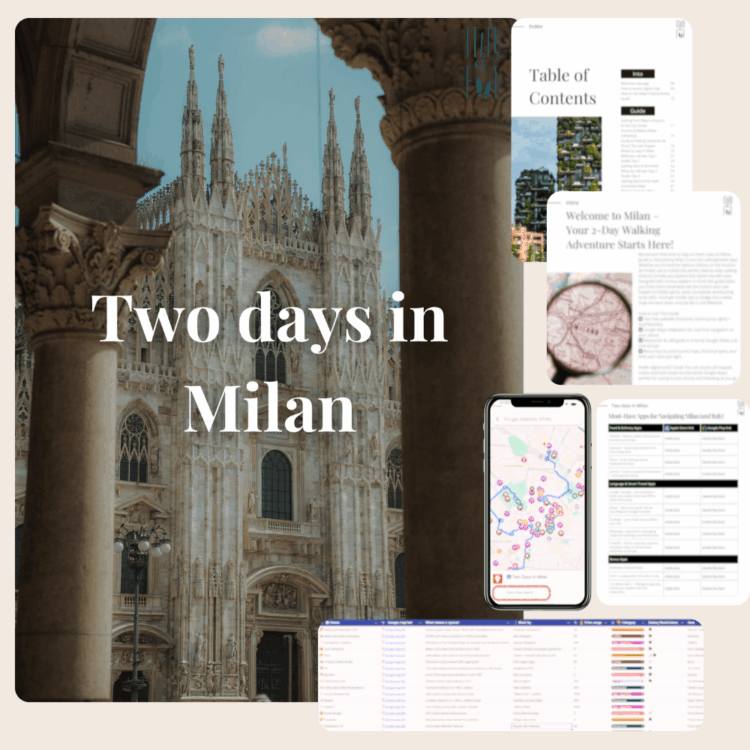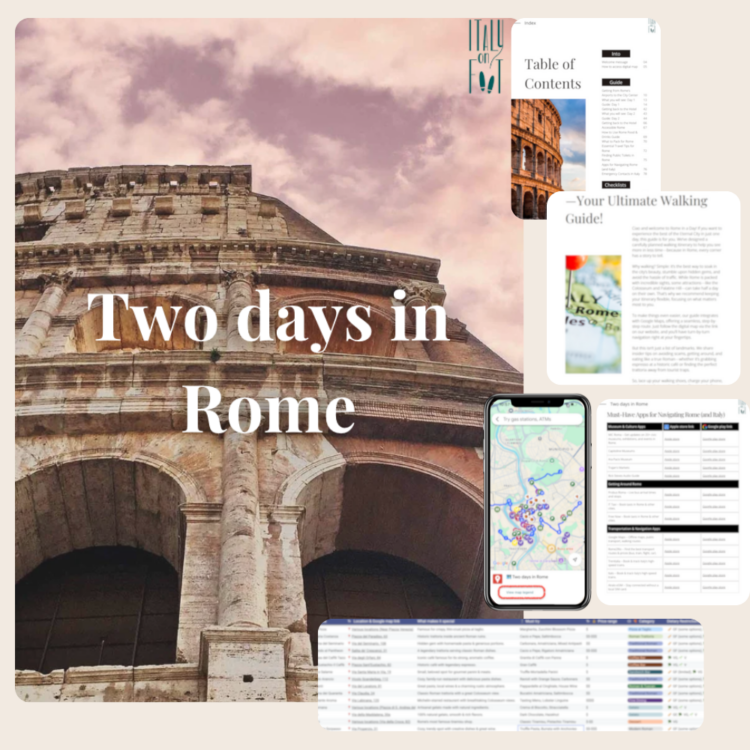When visiting Milan, one of the most pressing questions for travelers is whether it’s safe to drink the tap water. As someone who’s lived here for quite some time, I can share some insights that will help you feel more at ease about this essential topic. Let’s dive into the details, and by the end of this read, you’ll have a clear understanding of what to expect.

Water Quality Standards in Milan
The water quality in Milan adheres to strict standards set by both European and Italian regulations. The city’s water supply is regularly monitored to ensure it meets these rigorous criteria. In fact, the water in Milan often surpasses these standards, making it perfectly safe for consumption. The local water company, Metropolitana Milanese, takes pride in providing water that is clean and safe, conducting thousands of tests every year to maintain high quality.
One of the key factors in Milan’s water quality is the source. Milan’s water comes from deep aquifers located hundreds of meters underground. This means the water is naturally filtered through layers of rock, which helps to remove many impurities before it even reaches the treatment plants. Once extracted, the water undergoes further testing and treatment to ensure it is safe for everyday use.
Moreover, the treatment process in Milan is quite advanced. Not only does it involve basic filtration and chlorination, but it also includes ultraviolet light treatment, which kills any remaining bacteria or viruses. This multi-step process ensures that by the time the water reaches your tap, it is of high quality and safe to drink.
Public Fountains and Refill Stations
One of my favorite aspects of Milan is its numerous public fountains and refill stations scattered throughout the city. These aren’t just ornamental; they provide fresh, drinkable water to everyone. In fact, you’ll often see locals filling up their bottles, especially during the warmer months. These public water sources are regularly tested to ensure they meet safety standards, so you can feel confident in using them.
Whether you’re exploring the bustling streets or enjoying a relaxing day at one of Milan’s beautiful parks, you’ll find these fountains to be a convenient and eco-friendly way to stay hydrated. Plus, refilling your bottle at these stations is a great way to reduce plastic waste, aligning with the city’s push towards sustainability.
For those who enjoy a bit of history, some of these fountains are quite old and add a charming touch to the city’s landscape. They’re a testament to Milan’s long-standing tradition of providing accessible and safe drinking water to its residents and visitors alike. So, next time you’re out and about, don’t hesitate to take advantage of these wonderful resources.
Bottled Water vs. Tap Water
Despite the high quality of tap water in Milan, many people still prefer bottled water. This preference is often due to taste rather than safety concerns. Bottled water tends to have a different mineral composition, which can affect its flavor. Some people find bottled water to be more palatable, especially if they’re not used to the taste of the local tap water.
However, it’s worth noting that the environmental impact of bottled water is significantly higher than that of tap water. The production and disposal of plastic bottles contribute to pollution and waste, a growing concern in many parts of the world. By choosing tap water, you’re making a more sustainable and eco-friendly choice.
If you’re worried about the taste of tap water, consider using a water filter at your accommodation. These filters can help improve the flavor by removing any residual chlorine or other elements that might affect the taste. Additionally, using a reusable water bottle is a great way to stay hydrated while reducing your environmental footprint.
Health Considerations and Recommendations
For those with specific health concerns or compromised immune systems, it’s always a good idea to consult with a healthcare professional before making any decisions about drinking tap water, no matter where you are. While Milan’s tap water is generally safe for the average person, individual health conditions can sometimes necessitate extra precautions.
Another factor to consider is the plumbing in the building where you’re staying. Older buildings may have outdated pipes, which could potentially affect water quality. If you’re staying in a historic building or an older apartment, it might be worth asking your host or the hotel management about the plumbing system. They can provide valuable insights and help you make an informed decision.
For those planning a short visit, carrying a reusable bottle and refilling it at public fountains can be a convenient and safe option. If you’re staying longer, investing in a good water filter might be worthwhile. This way, you can enjoy the convenience and sustainability of tap water without worrying about any potential issues.
Practical Tips for Visitors
Visiting Milan for the first time? Here are some practical tips to keep in mind when it comes to drinking water:
- Always carry a reusable water bottle. It’s convenient, eco-friendly, and you can refill it at numerous public fountains around the city.
- If you’re unsure about the water quality in your accommodation, consider using a portable water filter. These are especially handy for travelers who are moving from place to place.
- Check with your host or hotel about the plumbing system if you’re staying in an older building. They can offer reassurance and advice.
For those planning a day of sightseeing, you might find this Italy on foot travel tips useful. It provides a great itinerary and ensures you stay hydrated while exploring the beautiful city.
Remember, staying hydrated is key to enjoying your time in Milan. With the city’s safe and accessible water sources, you can focus on soaking in all the incredible experiences without worry. Whether you prefer tap water or bottled water, the most important thing is to drink plenty and stay refreshed.



